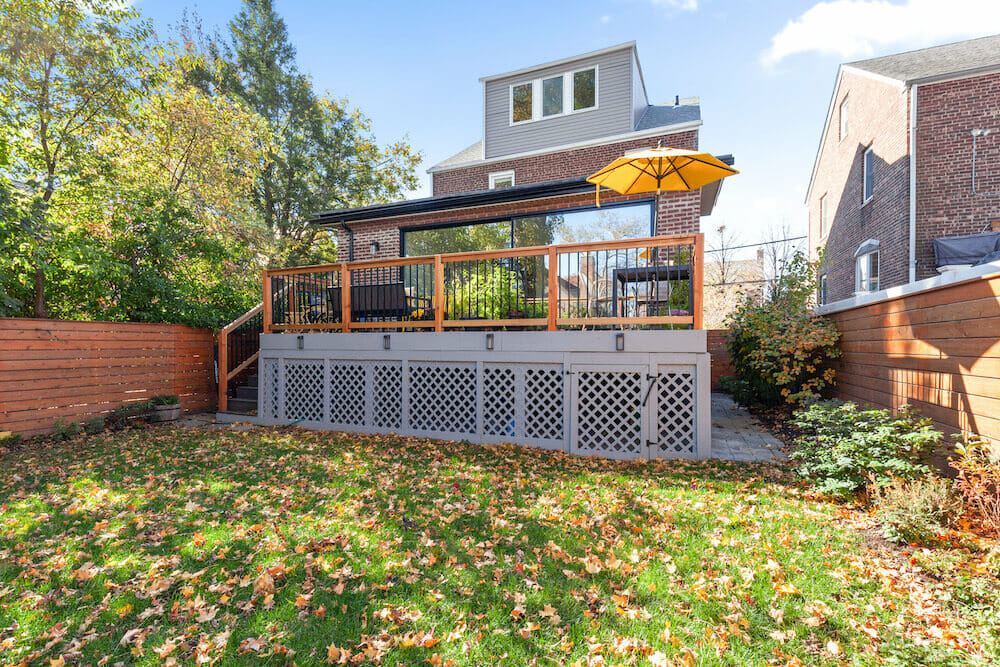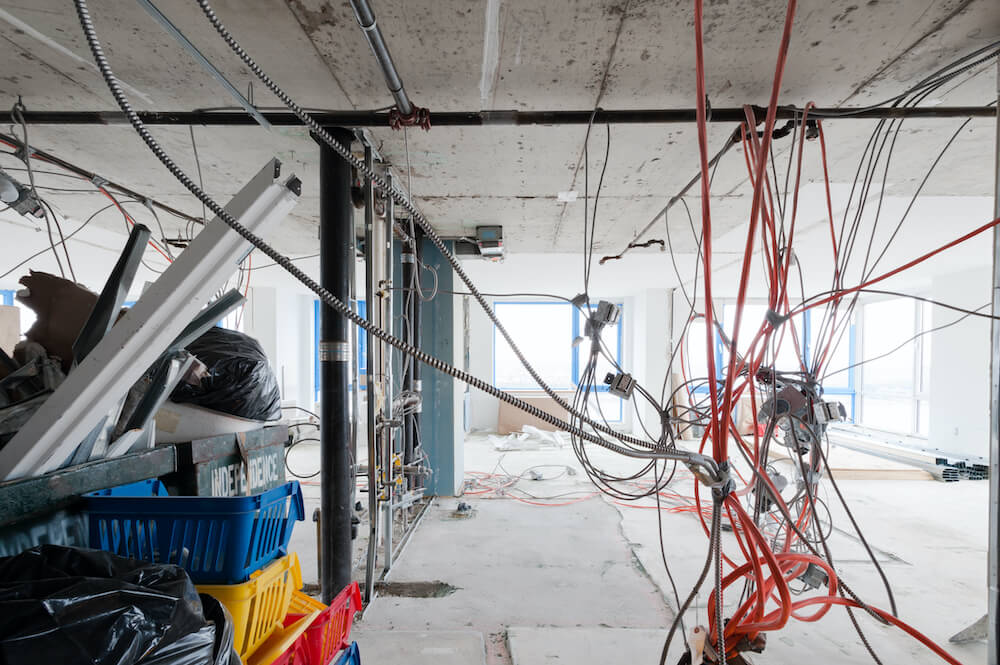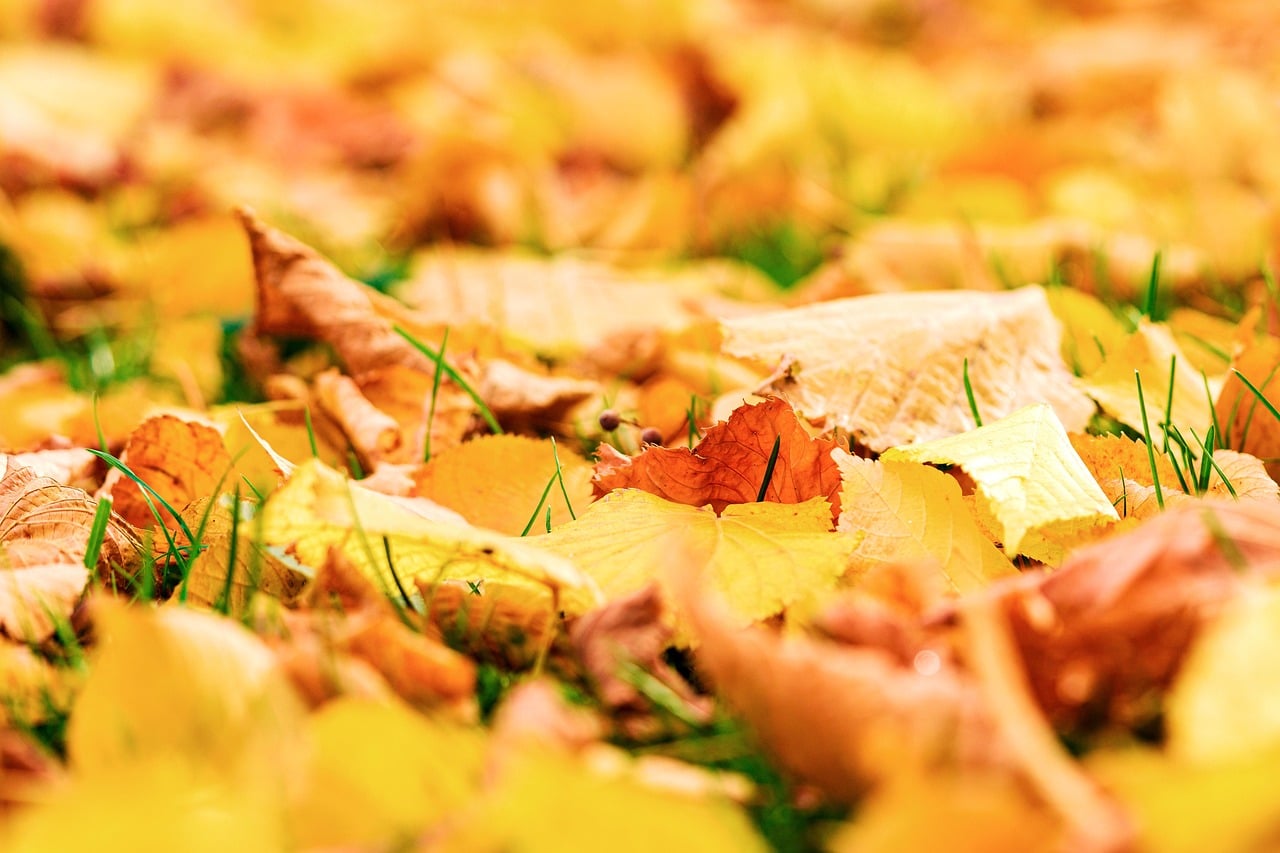Autumn’s cozy atmosphere can mask the potential dangers lurking within your home. From chilly drafts to slippery surfaces, the changing seasons introduce new common home hazards that can compromise safety and comfort. This post will delve into these autumn-specific risks and offer actionable tips to safeguard your home and family during this beautiful but potentially hazardous season.

At Sweeten, we’re experts at all things general contractors — we pre-screen them for our network, carefully select the best ones for your remodeling project, and work closely with hundreds of general contractors every day. So, we’ve tapped our internal expertise to bring you this guide.
1. Heating System Safety
- Regular maintenance: Schedule professional inspections and tune-ups for your furnace or boiler to ensure optimal performance and safety.
- Carbon monoxide detector: Install a battery-operated carbon monoxide detector on each level of your home, especially near bedrooms.
- Space heaters: Use space heaters sparingly and only in well-ventilated areas. Keep them away from flammable materials, curtains, and furniture.
2. Indoor Air Quality
- Ventilation: Open windows and doors for fresh air, especially when cooking or using cleaning products.
- Air purifier: Consider using a high-quality air purifier with HEPA filters to remove allergens, dust, and other pollutants.
- Mold prevention: Monitor humidity levels and use dehumidifiers if necessary. Inspect for signs of mold and address any issues promptly.
3. Fire Safety
Fireplace Safety:
Renovate to live, Sweeten to thrive!
Sweeten brings homeowners an exceptional renovation experience by personally matching trusted general contractors to your project, while offering expert guidance and support—at no cost to you.
Start your renovation
- Fire screen: Use a fire screen to prevent sparks, embers, and smoke from escaping the fireplace and potentially starting a fire.
- Unattended fires: Never leave a burning fire unattended, especially when children or pets are present.
- Extinction: Before going to bed or leaving the house, ensure the fire is completely extinguished and the ashes are cool.
- Dry wood: Only burn dry wood in your fireplace, as wet wood can produce more smoke and creosote.
Emergency Plan:
- Escape routes: Identify at least two escape routes from each room in your home, including windows and doors.
- Practice: Practice your escape plan regularly with your family, especially during the night or when sleeping.
- Emergency contacts: Keep a list of emergency contacts, including your local fire department, poison control center, and hospital.
- Fire extinguisher: Install a fire extinguisher near your fireplace and learn how to use it properly.
Chimney Cleaning:
- Annual cleaning: Schedule a professional chimney cleaning at least once a year, especially if you burn wood frequently.
- Creosote buildup: Creosote is a byproduct of burning wood and can accumulate in your chimney. If left unchecked, it can ignite and cause a chimney fire.
- Inspection: During the cleaning, the chimney inspector can also check for any structural damage or other issues.

4. Slip and Fall Prevention
- Outdoor walkways: Clear walkways of leaves, snow, and ice to prevent slips and falls. Consider using salt or sand to improve traction.
- Indoor flooring: Use non-slip mats or rugs on slippery surfaces, such as tile or hardwood floors.
- Spills: Clean up spills immediately to avoid accidents.
5. Weatherproofing
- Insulation: Ensure your home is adequately insulated to prevent drafts and energy loss.
- Caulking and sealing: Seal cracks and gaps around windows and doors to prevent moisture infiltration and air leaks.
- Roof inspection: Inspect your roof for damage, such as missing shingles or leaks. If you find any problems, have them repaired promptly to prevent further damage.
- Gutters and downspouts: Clean out gutters and downspouts to prevent water damage.
- Tree branches: Trim any tree branches that overhang your roof to prevent damage during storms.
6. Electrical Safety
Extension Cords:
- Limit usage: Avoid using extension cords for extended periods, as they can overheat and pose a fire hazard.
- Proper placement: Place extension cords in areas where they won’t be tripped over or damaged.
- Avoid overloading: Don’t plug too many appliances into a single extension cord, as this can cause it to overheat.
Overloaded Circuits:
- Identify overloaded circuits: If your lights flicker or dim when you plug in appliances, it might indicate an overloaded circuit.
- Avoid overloading: Unplug unnecessary appliances to reduce the load on your circuits.
- Use power strips with surge protection: These can help prevent electrical surges and protect your devices.
Electrical Cords:
- Regular inspection: Inspect electrical cords regularly for signs of wear and tear, such as frayed insulation, cracks, or exposed wires.
- Replace damaged cords: If you find any damage to an electrical cord, replace it immediately.
- Avoid running cords under rugs or carpets: This can damage the cords and increase the risk of fire.
- Use cord covers: Protect electrical cords in high-traffic areas with cord covers to prevent damage.

7. Pest Control
- Indoor pests: Keep your home clean and free of food crumbs to discourage pests like rodents and insects.
- Outdoor pests: Seal any cracks or gaps in your home’s exterior to prevent pests from entering.
- Professional pest control: If you have a severe pest infestation, consider hiring a professional pest control company.
8. Emergency Preparedness
- Disaster kit: Assemble an emergency kit with essential supplies, such as food, water, first aid supplies, and a flashlight.
- Emergency plan: Develop a family emergency plan and discuss it with your household members.
- Stay informed: Stay updated on weather forecasts and emergency alerts in your area.


Photo by @jbooba via Pixabay
9. Vehicle Safety
- Winter tires: If you live in an area that experiences heavy snowfall, consider using winter tires on your vehicle.
- Windshield wipers: Ensure your windshield wipers are in good condition and have plenty of wiper fluid.
- Emergency kit: Keep an emergency kit in your vehicle, including a blanket, flashlight, jumper cables, and a first aid kit.
10. Mental Health
- Seasonal affective disorder (SAD): If you’re experiencing symptoms of SAD, such as low mood or decreased energy, seek help from a healthcare professional.
- Social connections: Maintain social connections with friends and family to support your mental health.
- Self-care: Prioritize self-care activities, such as exercise, relaxation techniques, and hobbies.
Emergency hotlines to take note of:
- Local fire department: Dial 911 or check your local directory for the number of your nearest fire station.
- National Fire Protection Association (NFPA): 1-617-770-3000
- American Red Cross: 1-800-RED-CROSS (1-800-733-2767)
- Federal Emergency Management Agency (FEMA): 1-800-462-7336
Autumn, with its vibrant colors and crisp air, offers a unique opportunity to enhance your home’s safety and comfort. By addressing common hazards and implementing preventative measures, you can create a harmonious and secure living space for yourself and your family. Embrace the beauty of the season while prioritizing safety, and enjoy a warm and welcoming autumn in your home.
We can help plan your renovation
Find endless home renovation inspiration, detailed guides, and practical cost breakdowns from our blogs. You can also post your project on Sweeten today and get matched with our vetted general contractors and get estimates for free!



